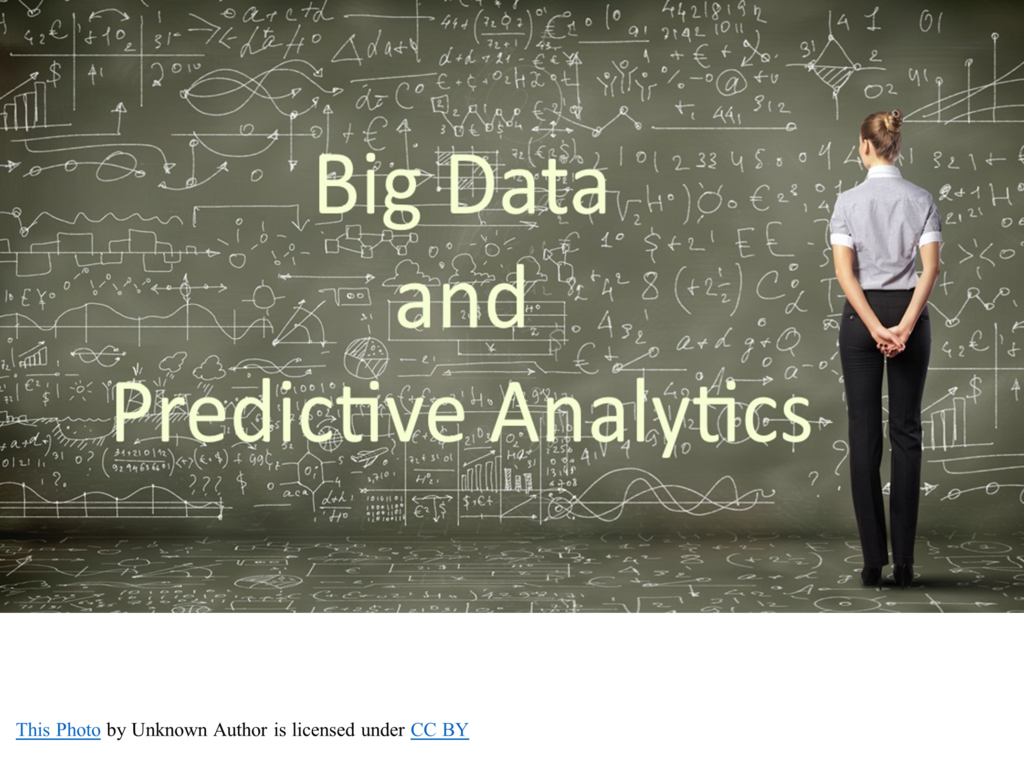Statistical Analysis for Forecasting: Regression Analysis
The collection, storage, and analysis of information is critical for all businesses, providing real-time data on consumers, suppliers, and economic activities to support business functionality. Whether via enhancement of analytical tools or improved statistical know-how, data analysis is most imperative to determining a strategy to aid in decision-making, while leveraging the use of cutting-edge software to increase efficiency and minimize costs. One such methodology employed by business professionals is the Regression Model Analysis which uses a set of statistical analysis to provide an estimation of the relationships between dependent and independent variables to show the strength of the dependency and by extension the resulting relationship. The aim is to develop, implement, and structure a model for future analysis with the platform to forecast relationship models, especially where one dependent variable can be analyzed then compared with one or more independent variables; to show causation and a marker for predication in line with future decision-making strategies.
Regression & Assumptions. Distributive data patterns are key to providing critical analysis from input to the model. Applying assumptions as a result of distribution patterns allows plots to be developed and used to check these assumptions in tandem with the influential observations. The purpose of the observations is to measure how much they can/may affect the estimate of the regression coefficient based on a given value. By inputting the dependent variable and a set of independent variables of interest relating to your model, it is possible to show the relationship between the two variables. For example, the relationship between “Y” and “X”, whether it is linear: random, systematic, and linked function.
As observed during testing, Regression Analysis provides answers to the investigating relationships between variables. The variables are independent (an input, driver, or factor) that has an impact/effect on a dependent variable. The regression line is, therefore, a straight line that describes how a response variable “Y” will behave to changes, and in which direct the change will likely occur when the explanatory variable changes. The regression line (slope) is the heart of the equation as it informs you how much you can expect Y to change as X changes.
The most commonly used techniques for investigating the relationship between two quantitative variables are correlation and linear regression. Correlation quantifies the strength of the linear relationship between a pair of variables, whereas regression expresses the relationship in the form of an equation. For a specific outcome, the choice for regression model depends on the expected outcome. Linear regression for example, should be used when analysis favors numeric variables. Apply other types of regression models if your outcome variables are not numeric.


3 thoughts on “Statistical Analysis: Regression Models”
I really like what you guys are up too. This kind of clever work and exposure!
Keep up the awesome works guys I’ve incorporated you guys to my blogroll.
Good info. Lucky me I reach on your website by accident, I bookmarked it.
Awesome! Its genuinely remarkable post, I have got much clear idea regarding from this post